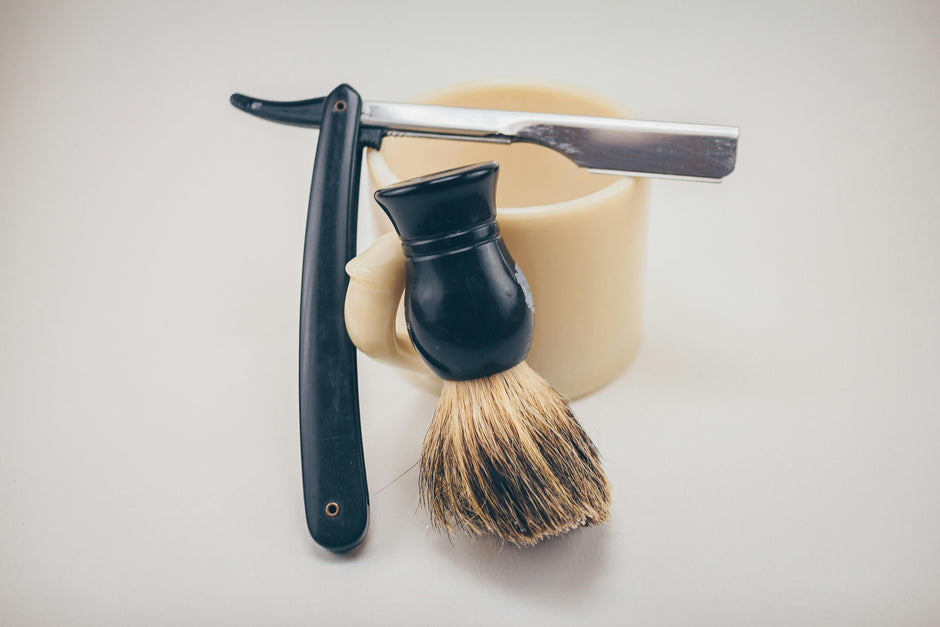Baldness is a common concern for many people, especially among men. While hair loss can affect anyone, statistics show that men are more likely to experience balding at some point in their lives. Understanding why this occurs can help demystify the condition and provide insights into prevention and treatment. In this article, we will explore the reasons behind male pattern baldness and why men bald more than women.
Table of content
Why do men bald more than women?
Men bald more than women primarily due to genetic factors, hormonal differences, and the prevalence of male pattern baldness (androgenetic alopecia). The main hormone linked to hair loss in men is dihydrotestosterone (DHT), a derivative of testosterone. DHT affects hair follicles, causing them to shrink and eventually stop producing hair. While women also produce testosterone and DHT, their hair follicles are generally less sensitive to these hormones, which is why they experience hair loss differently and less frequently than men.
The genetic predisposition to male pattern baldness is another significant factor. If a man has a family history of baldness, he is more likely to experience hair loss himself. Genetics influence not only the likelihood of balding but also the age at which it begins and the extent of hair loss. Studies have shown that male pattern baldness can begin as early as the late teens or early twenties for some men, whereas women typically experience hair thinning later in life, often after menopause when estrogen levels decline.
As your leading source for hair health information over the past 4 years, we never compromise on accuracy. When it comes to your health, you deserve information you can truly rely on - and earning your trust is our top priority.
Here's how Scandinavian Biolabs ensures every piece of content meets the highest standards of accuracy and integrity:
- Credentialed Experts: Our reviewers are actively practicing doctors and medical researchers
- Stringent Reviews: Content undergoes rigorous editing by subject specialists and review by a practicing doctor.
- Evidence-Based: We rely on well-established research from trusted scientific sources like peer-reviewed journals and health authorities.
- Full Transparency: Our editorial standards, writer credentials, reviewer credentials, correction process, and funding are all publicly documented.
- Independent Voice: While we do promote products, we operate in a vacuum to business operations. Our main goal is just an unwavering commitment to providing medically-sound guidance.
You can count on Scandinavian Biolabs to consistently deliver the trustworthy health information you deserve. Read our Editorial Standards.
The Role of Hormones in Hair Loss
Hormones play a crucial role in the hair growth cycle. In men, the androgen hormones, particularly testosterone and DHT, are significant contributors to hair loss. DHT binds to androgen receptors in hair follicles, leading to miniaturization of the follicles. This process results in shorter, finer hair and eventually cessation of hair production. Women, although they also produce testosterone, have a higher ratio of estrogen, which helps protect against hair loss. Estrogen promotes hair growth and prolongs the hair growth phase, which is why women often retain their hair longer than men.
Genetics and Family History
Genetics significantly influences the likelihood of experiencing male pattern baldness. The condition is often inherited from either side of the family, though the X chromosome (inherited from the mother) is thought to carry a strong genetic link. A study published in the Journal of Clinical Endocrinology & Metabolism found that men with a family history of baldness are more prone to hair loss. The specific genes involved can affect the sensitivity of hair follicles to DHT and the overall pattern of hair loss.
Age and Hair Loss
Age is another critical factor in hair loss patterns. As men age, the likelihood of baldness increases. According to the American Hair Loss Association, approximately 25% of men will experience some degree of hair loss by the age of 30, and around two-thirds will have significant hair thinning by the age of 60. In contrast, women generally experience hair thinning and loss later in life, often beginning after menopause. This timing difference is largely due to hormonal shifts that occur as women age.
Psychological and Social Impacts
Baldness can have psychological and social implications for men. Many men associate their hair with youth and vitality, and losing it can affect self-esteem and confidence. Societal ideals often emphasize a full head of hair as a sign of attractiveness and masculinity, leading some men to seek treatments to combat hair loss. Understanding the factors that contribute to baldness can empower men to make informed decisions about managing their hair health.
Hair Loss Prevention and Treatment Options
For those concerned about hair loss, several options are available for prevention and treatment. Medications such as minoxidil (Rogaine) and finasteride (Propecia) are commonly used to promote hair growth and prevent further loss. Minoxidil is a topical treatment that stimulates hair follicles, while finasteride is an oral medication that reduces DHT levels in the body. Both options require consistent use and may take several months to show results.
In addition to medications, lifestyle changes can also help manage hair loss. A balanced diet rich in vitamins and minerals, particularly B vitamins, iron, and zinc, can promote healthy hair growth. Regular exercise improves circulation, which can benefit hair follicles as well. Furthermore, reducing stress levels through mindfulness and relaxation techniques can also contribute to healthier hair.
For those who wish to explore more permanent solutions, hair transplant surgery can be an effective option. This procedure involves relocating hair follicles from areas of the scalp with healthy hair to balding areas, resulting in a fuller appearance. However, it is essential to consult with a qualified specialist to understand the risks, benefits, and suitability of this option.
Conclusion
In summary, men bald more than women due to a combination of genetic predisposition, hormonal influences, and age factors. Understanding these elements can help men make informed decisions about their hair health and explore available treatment options. While hair loss is a common concern, it is essential to recognize that it is a natural part of life for many men, and there are ways to manage it effectively.
```Tired of Thinning Hair? Try a Clinically Tested Serum.
Looking for a natural way to regrow hair and achieve a thicker, fuller head of hair? Ditch the stinging nettle for hair loss – Bio-Pilixin Serum is a drug-free hair activation serum that delivers clinically tested results.
Here's why Bio-Pilixin is superior:
- Clinically Tested Results: 93% of users saw a reduction in hair loss, and 73% experienced increased hair density.
- Safe and Natural: Unlike harsh chemicals, Bio-Pilixin uses plant growth factors derived from stem cell technology to nourish hair follicles and stimulate growth.
- Fast-Acting: See visible results in as little as 45 days (most typically see results within 150 days).
Stop wasting time on unproven remedies. Bio-Pilixin is the safe, natural serum you've been searching for.
Read more:






